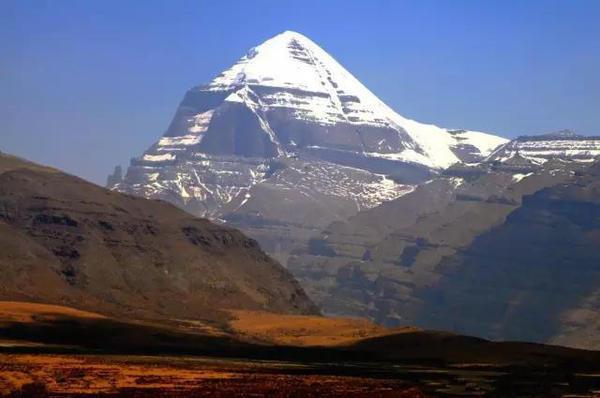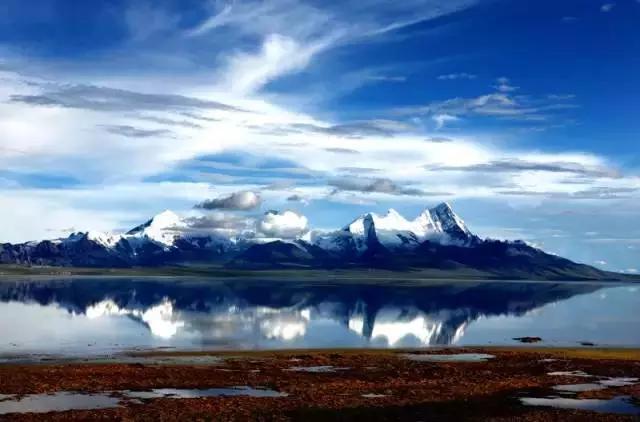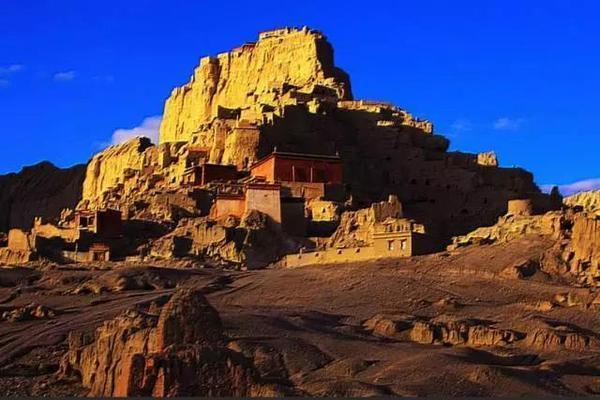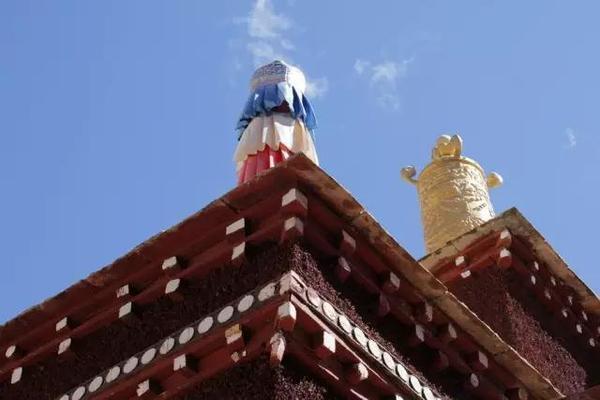By Megan Source:China Tibet News 2016-04-14
If Tibet is the "Roof of the World", then Ngari is the "roof ridge on the world’s roof". There in Ngari, the clouds are hanging low and people are near to the sky. The earth is much far-flung, snow-capped mountains stretch long and unbroken, and lakes are ethereal. Facing the vast snow mountains, people are becoming smaller and smaller, more and more insignificant, however, more broad-minded.
The following most beautiful view sites in Ngari will give you a brand new experience.

Mount Kailash is a peak in the Kailash Range, which forms part of the Transhimalaya in Tibet China. It lies near the source of some of the longest rivers in Asia: the Indus River, the Sutlej Rive, the Brahmaputra River, and the Karnali River. It is considered a sacred place well-known as "Top of Ngari" or "King of Holy Mountains".

Lake Manasarovar lies at 4,587 meters above mean sea level, a relatively high elevation for a large freshwater lake on the mostly saline lake-studded Tibetan Plateau. Lake Manasarovar is relatively round in shape with a surface area of 412 square kilometers. Its depth reaches a maximum depth of nearly 90 m. Lake Manasarovar is a place of pilgrimage, attracting religious people from India, Nepal and neighboring countries. Bathing in Manasarovar and drinking its water is believed to cleanse all sins.

Ruins of Guge Kingdom was constructed on a mountain 18 kilometers west of Zada County. During the 10th Century to 17th Century, Guge Kingdom created a brilliant history. Hundreds of rooms and caves are built on the mountain 300 meters above the mountain foot. After its national destruction, frescos in temples on the mountainside about Sakyamuni, the king and queen of the Guge are the most precious treasure that the lost kingdom left behind.

Khorzhak Monastery is a Buddhist monastery in Khorzhak Town, Burang County, Ngari Prefecture in southwest China’s Tibet Autonomous Region. The village is situated on a beautiful spot at a bend of the Karnali River from where one can see the large red wall of the temple facing the river with a huge inscription on it of the six-syllable mantra. The temple is said to have been founded in the 11th century by the great translator Lochen Rinchen Zangpo. With Pala style, it has inner and outer gates and a large courtyard. On special days in September or early October, monks come in from the areas around and perform day-long dances using masks.
Copyright © Xizang Daily & China Xizang News All rights reserved
Reproduction in whole or in part without permissions prohibited
Index Code: 藏 ICP 备 05000021 号
Producer: Xizang Daily International Communication Center